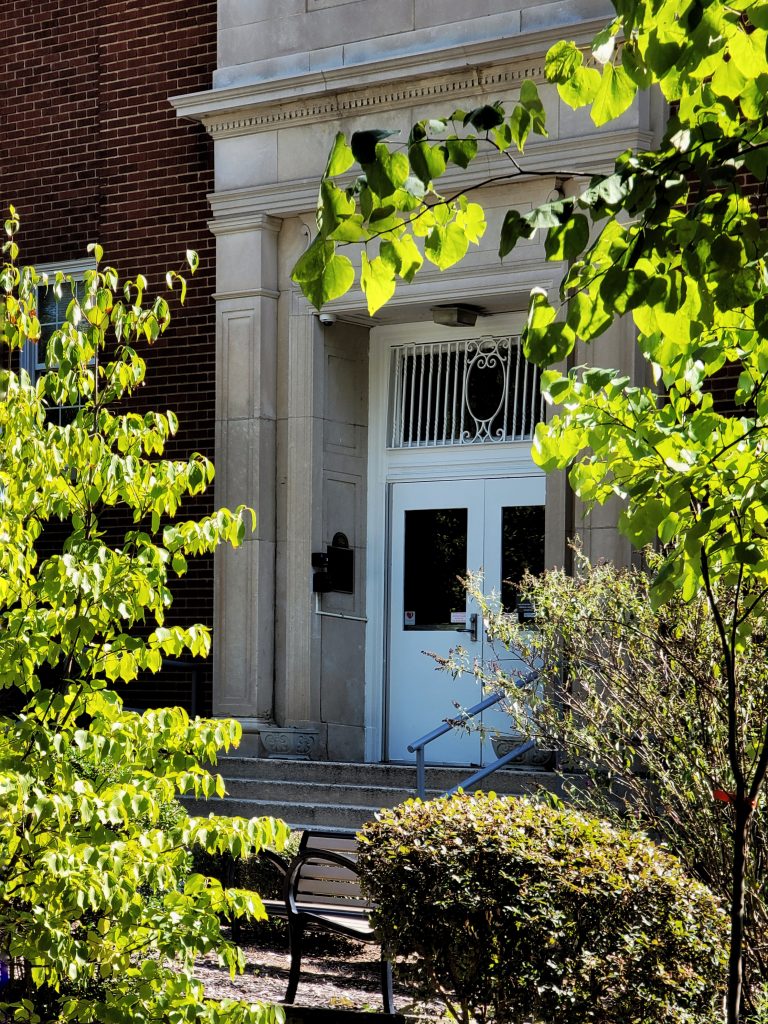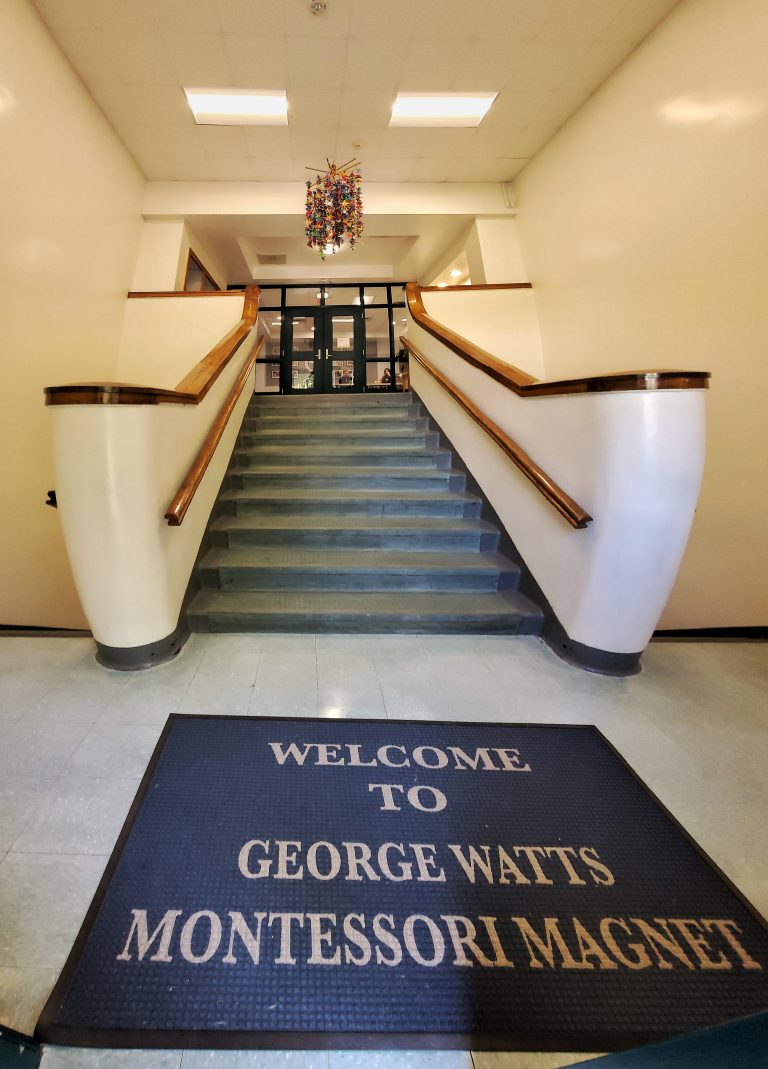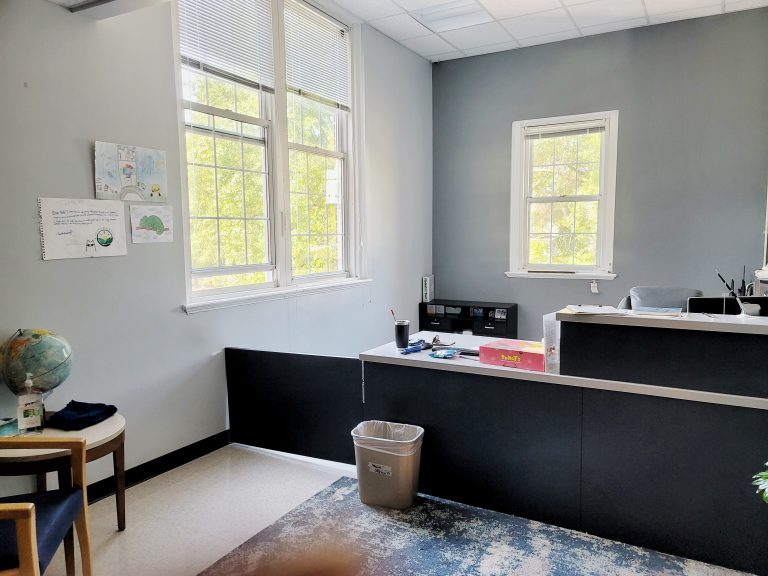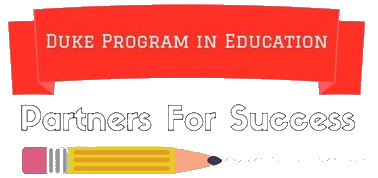
Type of organization: Public Elementary Magnet School (Durham Public Schools)
Ages served: K-5
Address: 700 Watts Street, Durham, NC 27701

9 min walk from the West Duke building on East Campus
Pictures from around the school
About the school



George Watts is a Durham Public Schools Neighborhood and Magnet school, which means that some students are selected through a lottery, and a number of seats are reserved for neighborhood children. More information about the school assignment process can be found here.
The school is based on the Montessori system. From the school page:
“The Montessori model assumes that all children want to learn and respects the individual’s style and pace of learning. Each student is provided with his own work plan that corresponds to his academic needs. Students are provided time to master a concept, building self-confidence. Classroom communities operate on the principle of freedom within limits, translating into respect for self, others and the environment. These principles are critical aspects of the Montessori curriculum. “
Classes are not divided by grade, but into three sections:
- Pre-K-K (4-6yo)
- Lower Elementary, grades 1-3 (6-9yo)
- Upper Elementary, grades 4-5 (9-11yo)
Service-learning students with Duke Center for Documentary Studies have been capturing stories at the school since 2019. Take a look at “Wonder of Watts” here!
Our partner at George Watts
Jenn Aguilar
Principal
jennifer_aguilar@dpsnc.net
Christine Crowley
Volunteer coordinator
christine_crowley@dpsnc.net
Sample volunteer tasks
Students who volunteer at George Watts are asked not to write or speak the names of the children they work with outside of the school building. In any reflections or discussions, please use a pseudonym or an initial.
|
|
|
